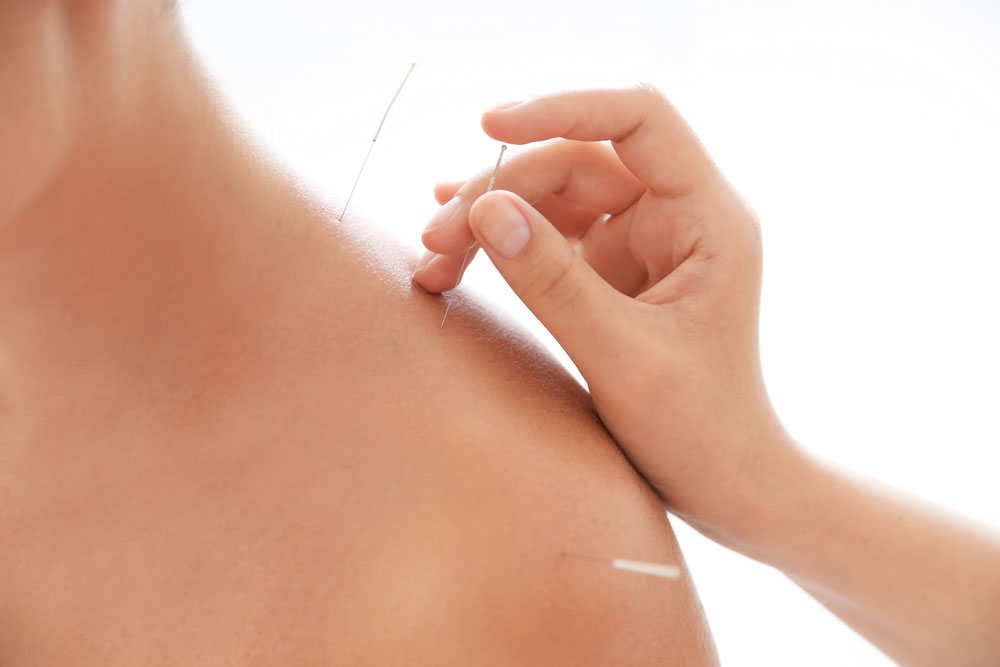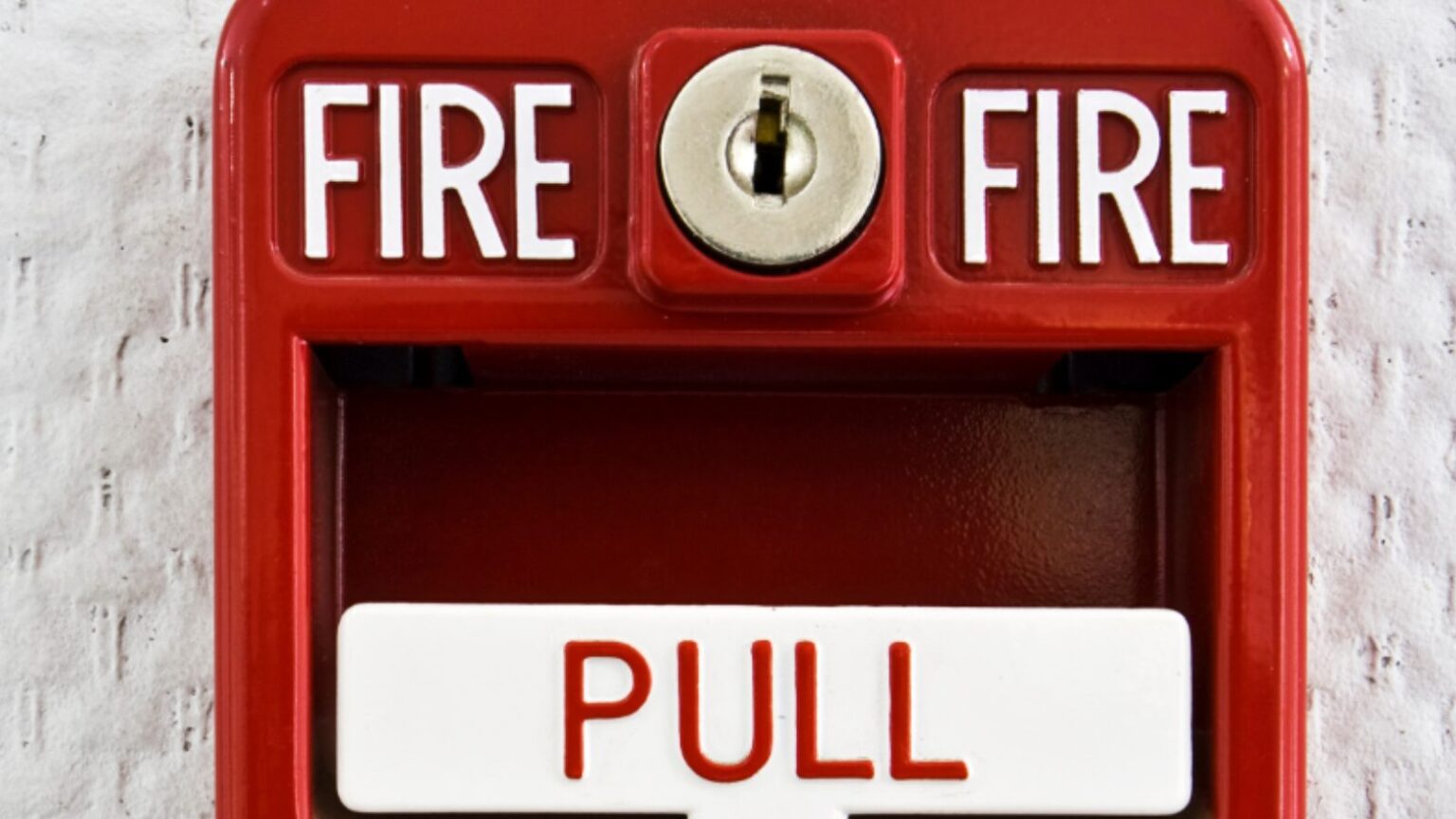Kategoria: Master Tung Acupuncture, Dry Needling, suche igłowanie
Dry needling
Dry needling is a method of pain management. The adjective "dry" results from the fact that the first treatments of this type were performed with an injection needle, but without administering any anti-inflammatory drugs, water for injection or saline, i.e. they were simply performed "dry".
In the original version, muscle trigger points were subjected to dry needling in accordance with the knowledge flowing from the work of Travell and Simons "Myofascial Pain and Dysfunction: The Tigger Point Manual". The experiences of subsequent authors added to the list of punctured tissues: ligaments, cardinal points of the fascial system, intra-articular discs and meniscus, adventitia of large vessels and perineurium, and even selected reactive zones of subcutaneous tissue and dermis.
The procedure itself, in the most general terms, consists in inserting a needle into the tissue and then manipulating it in such a way as to lead to a decrease in tissue reactivity. Sometimes it's a decrease in tension, sometimes it's pain relief, sometimes it's a change of type of pain from tension to chemical.
The main cause of MTrPs are overloads of the musculoskeletal system, injuries, strains, long-term static work.
During the procedure, the needles are inserted with a quick movement so as to pass through the superficial layer of the skin as quickly as possible. The therapist's goal is to muscle irritation response. Needle therapy can be used to treat back pain, muscle pain, headaches, etc.
Acupuncture
Acupuncture is a concept created in Europe and literally means puncture (Latin - punctura) with a needle (Latin - acus). This term, however, is commonly associated with the use of needles in Traditional Chinese Medicine (TCM), which is an important part of it. Due to the commonness of the above association, we do not use the term acupuncture for treatments performed in accordance with the principles of dry needling.
Dry needling and acupuncture - similarities
- Both are invasive procedures in which the needle penetrates the skin,
- In both, the puncture of the target point causes a characteristic pain (colloquial "electric kick"),
- Both methods show a high percentage of therapeutic success, which is the higher the more accurate the patient's qualification for the therapeutic method,
- Currently, both methods usually use a stabbing needle - i.e. not a cutting (surgical) needle and not an injection needle.
Dry needling and acupuncture - differences
- Acupuncture is an invention of Traditional Chinese Medicine, while dry needling is a method based on Western medicine,
- Dry needling selects a painful, tense and dysfunctional specific tissue as the puncture target, and energy points are punctured in acupuncture. In choosing these points, the therapist is guided by the knowledge of their specific impact on the functions of the entire body,
- A dry needling therapist uses a needle to search for usually painful, tense, thickened and dense tissue. On the other hand, the acupuncturist usually looks for "empty" places, i.e. those showing less density than the surrounding tissues,
- Needle manipulation, the time the needle remains in the tissue, as well as monitoring the progress of the procedure in dry needling is based on the observation of local symptoms, while in acupuncture it is mainly based on the observation of general symptoms.
There are some differences between dry needling needles and acupuncture needles. The most important of them will be discussed below.
Dry needling needles vs acupuncture needles
- Acupuncture needles are often packed in several pieces in one blister chamber. Dry needling needles, on the other hand, are usually packaged individually. Individually packed needles have the advantage that each of them is opened separately. Thanks to this, we can use exactly as many needles as we need, and none will be wasted.
- Dry needling needles are stiffer because we often insert 10 mm under the skin, so the needle cannot bend.
- For dry needling, needles with a thickness of 0.25 mm and a length of 30 mm are used, while thinner needles are used in acupuncture.
- Dry needling needles are sharp, so they do not cause pain, but you can feel the individual layers of tissue that we penetrate.





